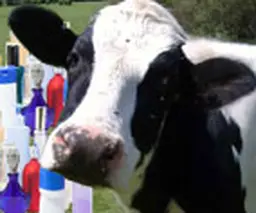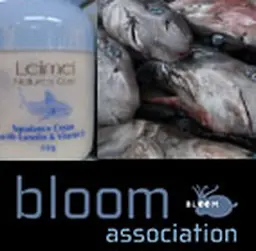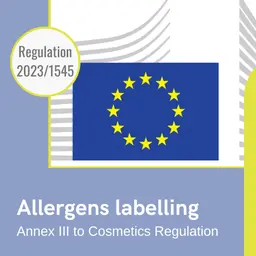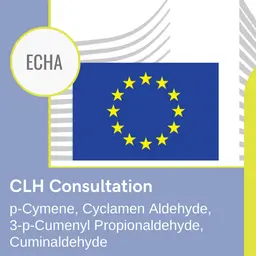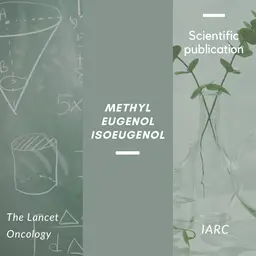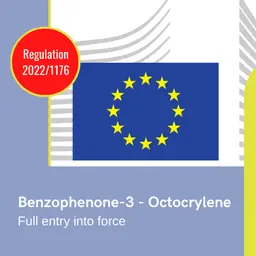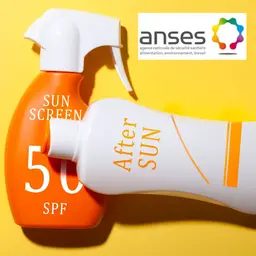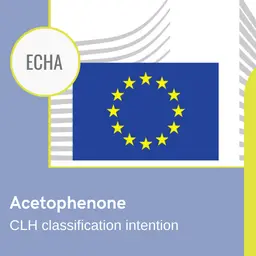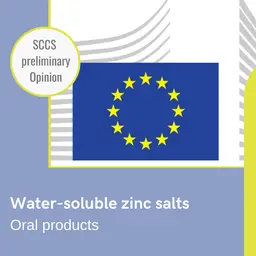
Snails’ slime, snakes’ venom, sperm whale’s vomit, ostrich oil … so many new bizarre ingredients moved up in our anti-ageing elixirs! An animal-based cosmetic industry, or a marketing trend with a craving for exoticism? After which Code of Ethics? A small bewildering overview of the situation.
Everything is nice in an animal
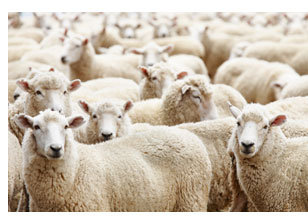 Active ingredients good for our skins, extracted from animal productions or taken from them without any damage to them, are well-known, such as milks (cow, goat, asses, mare) and their derivatives (yoghourt, cream, extracts, lipids, whey, hydrolysate … ), lanolin, from sheep wool, lecithin, from eggs, beehive products (honey, royal jelly, wax, propolis.)
Active ingredients good for our skins, extracted from animal productions or taken from them without any damage to them, are well-known, such as milks (cow, goat, asses, mare) and their derivatives (yoghourt, cream, extracts, lipids, whey, hydrolysate … ), lanolin, from sheep wool, lecithin, from eggs, beehive products (honey, royal jelly, wax, propolis.)
The origins of some other cosmetic ingredients are not that much advertised, such as the hyaluronic acid, sometimes taken from roosters’ crests. Consider glycerol, a moisturising ingredient extracted from animal carcasses in slaughterhouses, and squalane, another moisturising agent produced by the hydrogenation of squalene, a lipid present in high quantity in shark's liver oil. Same thing for beef tallow (stearic acid), a basic ingredient of soaps, or the scarlet red colour extracted from cochineal insects. Or sturgeons’ eggs (caviar).
 Maybe you are among those who do not know that the sperm whale vomit (ambergris) has been sought-after for centuries in perfumery (
Ambre Gris
by Balmain), thanks to its woody scent and its rarity, or that keratin was extracted from the horns and the hooves of slaughtered animals; it is now more often taken from farmed feathered poultry, or, more rarely, …
Maybe you are among those who do not know that the sperm whale vomit (ambergris) has been sought-after for centuries in perfumery (
Ambre Gris
by Balmain), thanks to its woody scent and its rarity, or that keratin was extracted from the horns and the hooves of slaughtered animals; it is now more often taken from farmed feathered poultry, or, more rarely, …

